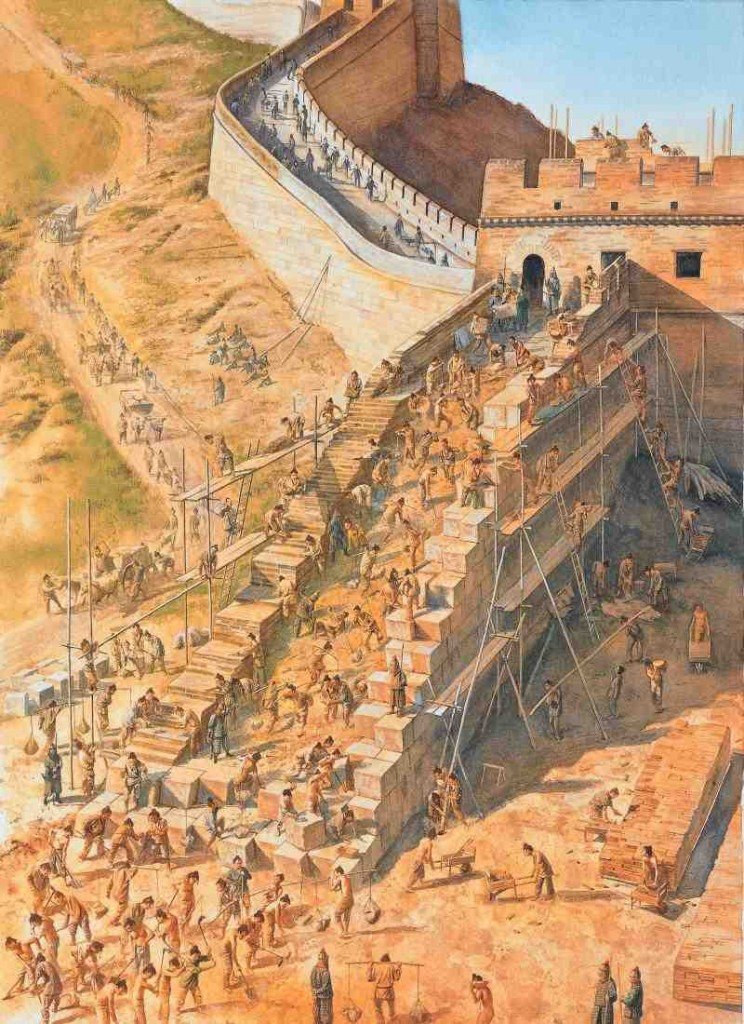A Monument of Defense and Unity
The Great Wall of China is one of the most iconic structures in human history, stretching thousands of miles across northern China. Built over several dynasties, it served as both a defensive barrier and a symbol of China's strength and unity.
Historical Background
The origins of the Great Wall date back to the 7th century BCE when various Chinese states built walls to protect their territories. The first emperor of China, Qin Shi Huang (221–206 BCE), unified these sections to defend against northern invaders. Later, the Ming Dynasty (1368–1644) reinforced and expanded the wall, constructing much of what remains today.
Purpose and Strategic Importance
The primary purpose of the Great Wall was to protect Chinese states from invasions by nomadic groups, particularly the Xiongnu. It also served as a means of controlling trade and migration, with watchtowers and fortresses enabling communication and military coordination.
Challenges in Construction
Building the Great Wall was a monumental task that required immense labor. Workers faced extreme conditions, from harsh mountain terrain to arid deserts. Materials varied by region—stone and brick in mountainous areas, tamped earth in flatter regions. Many laborers, including soldiers and peasants, endured grueling conditions, and historical records suggest that many lost their lives during construction.
Archaeological Evidence
Excavations and research have uncovered tools, pottery, and remains of workers, shedding light on the immense effort required to build the wall. Advanced imaging techniques and studies of ancient texts provide further insights into its evolution and construction methods.
A Lasting Legacy
The Great Wall remains a testament to China's engineering prowess and historical resilience. Now a UNESCO World Heritage Site, it continues to attract millions of visitors, preserving the legacy of those who built and defended it.







